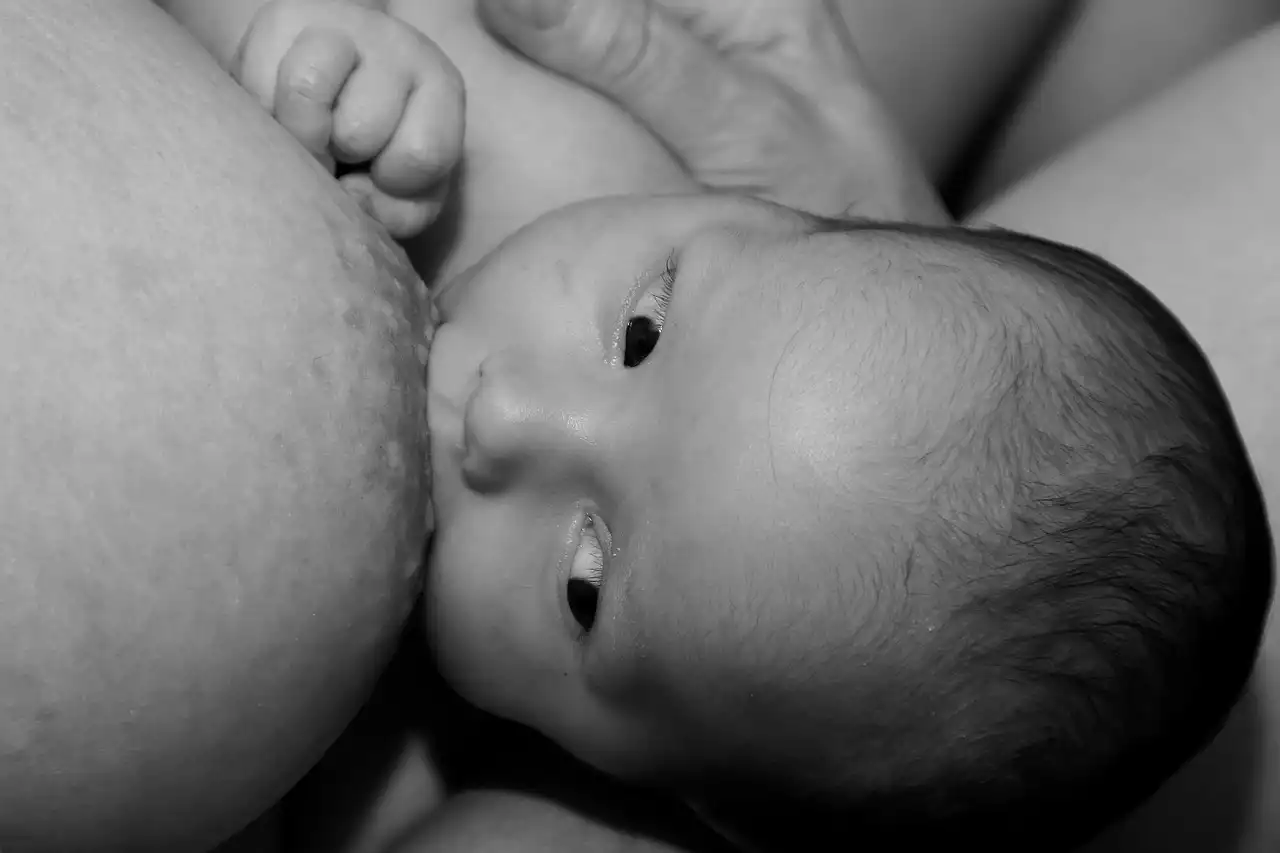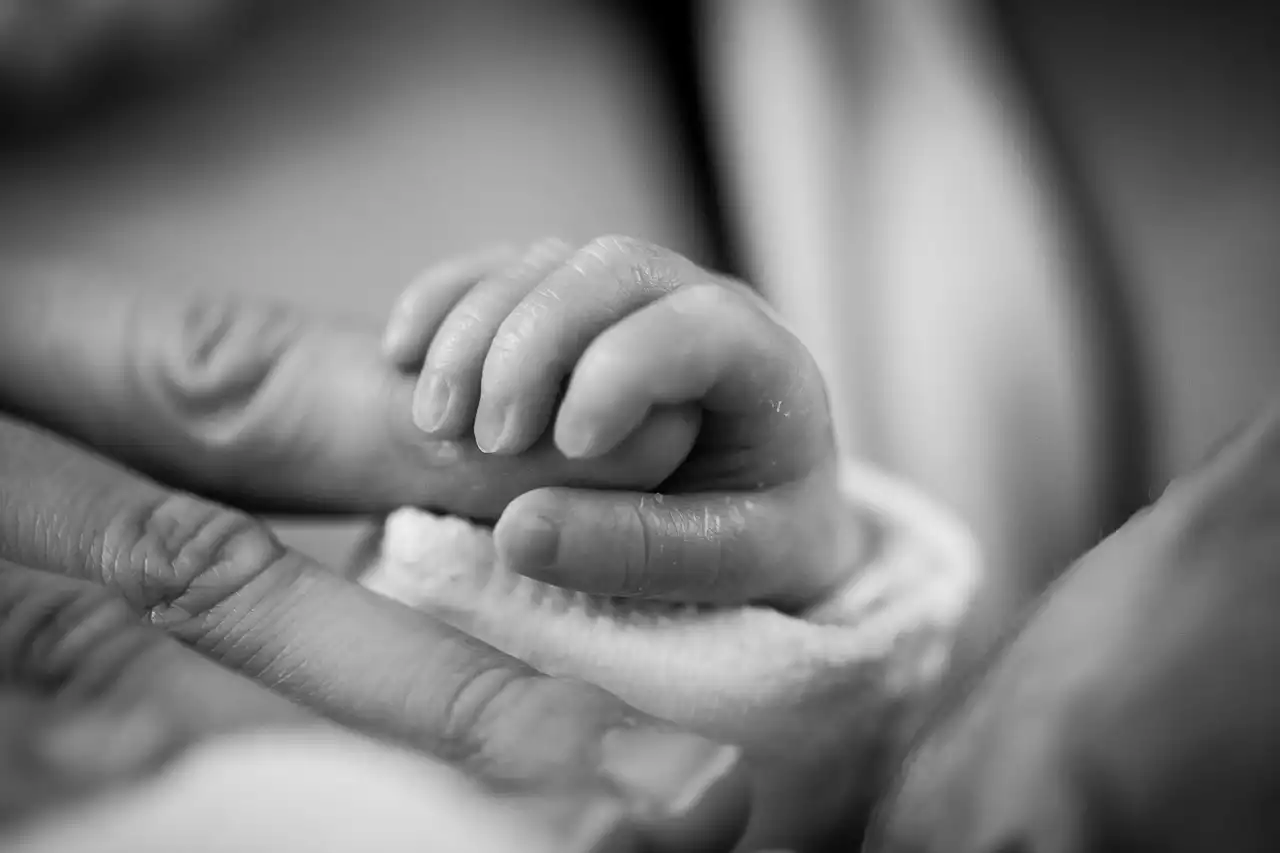The Three Stages of Labor
Labor is divided into three stages, each with its own set of symptoms and signs. The first stage is the longest and involves the onset of contractions, which ultimately lead to the birth of your baby. The second stage is the pushing and delivery of the baby, followed by the third stage, which involves the delivery of the placenta.
Stage One: Early Labor
The first stage of labor is also known as the latent phase or early labor. During this stage, your cervix begins to dilate and efface, which means it thins out and opens up. The early labor stage can last for several hours or even days, especially if this is your first pregnancy. During this phase, you may experience mild contractions that feel like menstrual cramps. These contractions may come and go, and they may not be regular or intense enough to warrant a trip to the hospital.
To help you cope with early labor, you can try taking a warm bath or shower, practicing relaxation techniques such as deep breathing or visualization, or simply resting and conserving your energy. It's also important to stay hydrated and nourished by drinking plenty of fluids and eating small, frequent meals.
Stage One: Active Labor
The second stage of labor is known as active labor, during which your cervix will continue to dilate and efface. Active labor is characterized by more intense contractions that occur at regular intervals and last longer than those in early labor. During this phase, you may also experience back pain, pressure in your pelvis, and a bloody show, which is a sign that your cervix is dilating.
If you haven't already, this is the time to head to the hospital or birthing center, as you are likely to give birth within the next few hours. To help cope with the pain of active labor, you may want to consider pain management options such as epidural anesthesia, nitrous oxide, or IV medications. You can also use breathing techniques, massage, or other comfort measures to help you relax and cope with the pain.
Stage Two: Pushing and Delivery
The third stage of labor is the pushing and delivery stage, during which you will work to push your baby through the birth canal and out into the world. This stage can last anywhere from a few minutes to several hours, depending on a variety of factors such as the size and position of your baby, the strength of your contractions, and your own physical strength and stamina.
To help you push effectively, your healthcare provider may coach you on breathing techniques and positions that can help you use your abdominal muscles to push your baby out. You may also be given guidance on when to push and when to rest in between contractions. Once your baby is born, you will likely feel a sense of relief and joy as you hold your newborn for the first time.
Stage Three: Delivery of the Placenta
The final stage of labor is the delivery of the placenta, which is the organ that nourished your baby throughout your pregnancy. After your baby is born, you will continue to have contractions, which will help to separate the placenta from the uterine wall. Your healthcare provider will then gently guide the placenta out of your body, which should take only a few minutes.
During this stage, you may feel some mild cramping or discomfort, but it is generally less intense than the contractions you experienced during the previous stages of labor. Once the placenta is delivered, your healthcare provider will check it to make sure it is complete and that there are no retained fragments that could cause infection or bleeding.
Pain Management Options During Labor
Labor can be painful, and there are a variety of pain management options available to help you cope with the discomfort. Some women choose to use natural pain relief methods such as deep breathing, visualization, or massage. Others opt for medical pain management options such as epidural anesthesia, nitrous oxide, or IV medications.
Epidural anesthesia is a popular choice that involves the injection of a local anesthetic into the epidural space of your spine. This method can provide effective pain relief while allowing you to remain alert and involved in the birth process. Nitrous oxide, also known as laughing gas, is another option that can be used during labor to help you relax and reduce your perception of pain. IV medications such as opioids can also be used to manage pain, although they can make you drowsy and may affect your baby's breathing.
It's important to discuss your pain management options with your healthcare provider before labor begins so that you can make an informed decision that is right for you. Keep in mind that each woman's experience of labor is unique, and what works for one person may not work for another.
The Role of the Support Person During Labor
Having a supportive person by your side during labor can make a big difference in your experience of childbirth. This person may be your partner, a family member, or a close friend. Their role is to provide emotional support, encouragement, and practical assistance throughout the labor and delivery process.
Your support person may help you with relaxation techniques, massage, or other comfort measures during labor. They may also help you communicate with your healthcare provider and advocate for your needs and preferences. Having a support person present during labor can help you feel more in control and confident in your ability to give birth.
Complications During Labor and Delivery
While most deliveries go smoothly, there is always the possibility of complications. Some of the most common complications include:
- Prolonged labor
- Fetal distress
- Abnormal positioning of the baby
- Umbilical cord prolapse
- Placenta previa
- Postpartum hemorrhage
- Infection
If you experience any symptoms of complications during labor, such as severe or prolonged pain, heavy bleeding, or changes in your baby's movements, it's important to contact your healthcare provider right away. Your provider can assess the situation and provide appropriate treatment to ensure the safe delivery of your baby.
Postpartum Care After Delivery
After your baby is born, you will need to take care of yourself as well as your newborn. This includes getting plenty of rest, eating a healthy diet, and staying hydrated. You may also experience postpartum bleeding, which can last for several weeks after delivery. This bleeding is normal and is your body's way of shedding the lining of your uterus.
During the postpartum period, it's important to monitor yourself for signs of postpartum depression, which can affect up to 1 in 7 women. Symptoms of postpartum depression include feelings of sadness, irritability, and anxiety, as well as changes in appetite or sleep patterns. If you experience any of these symptoms, it's important to seek help from your healthcare provider or a mental health professional.










